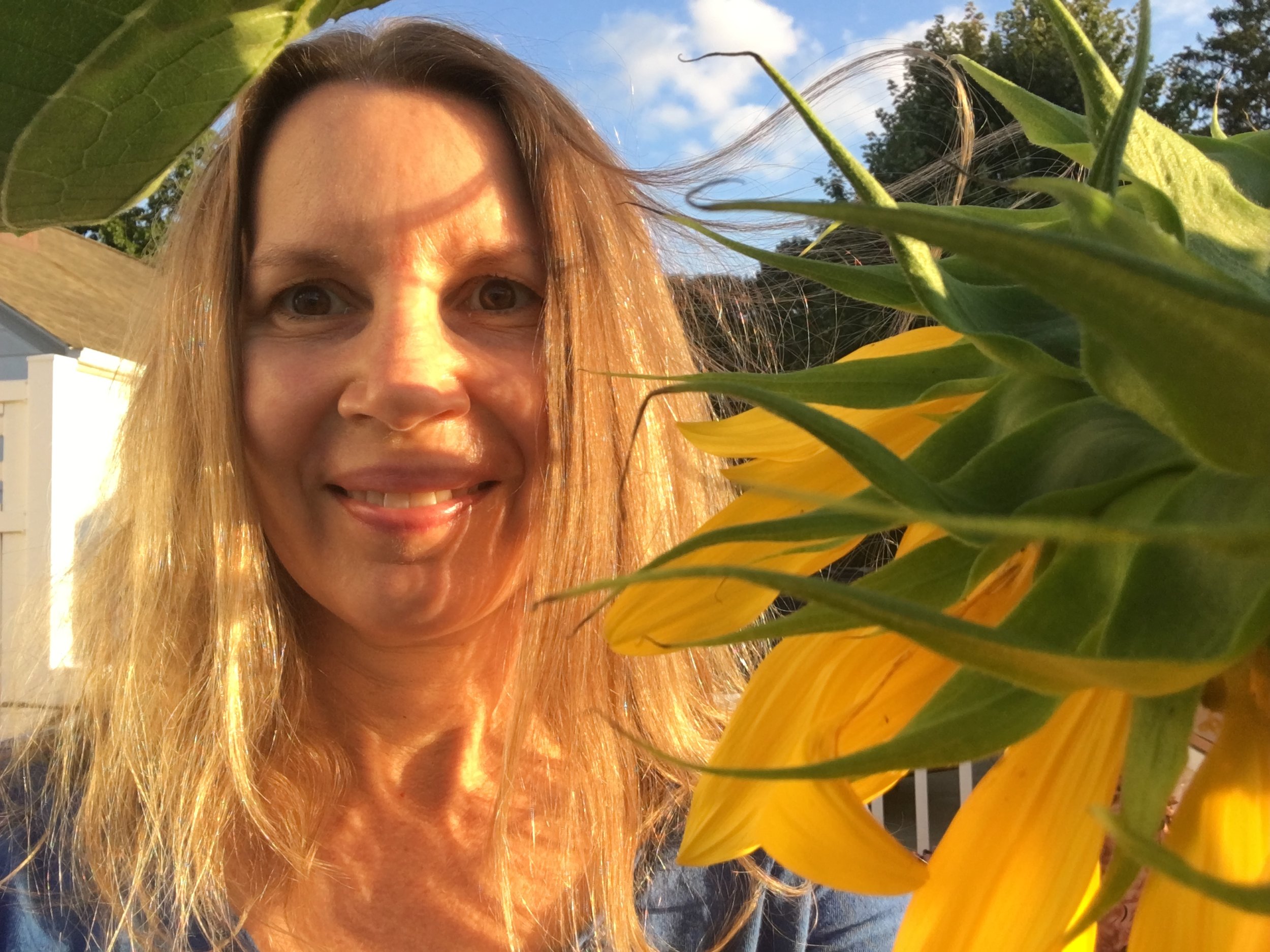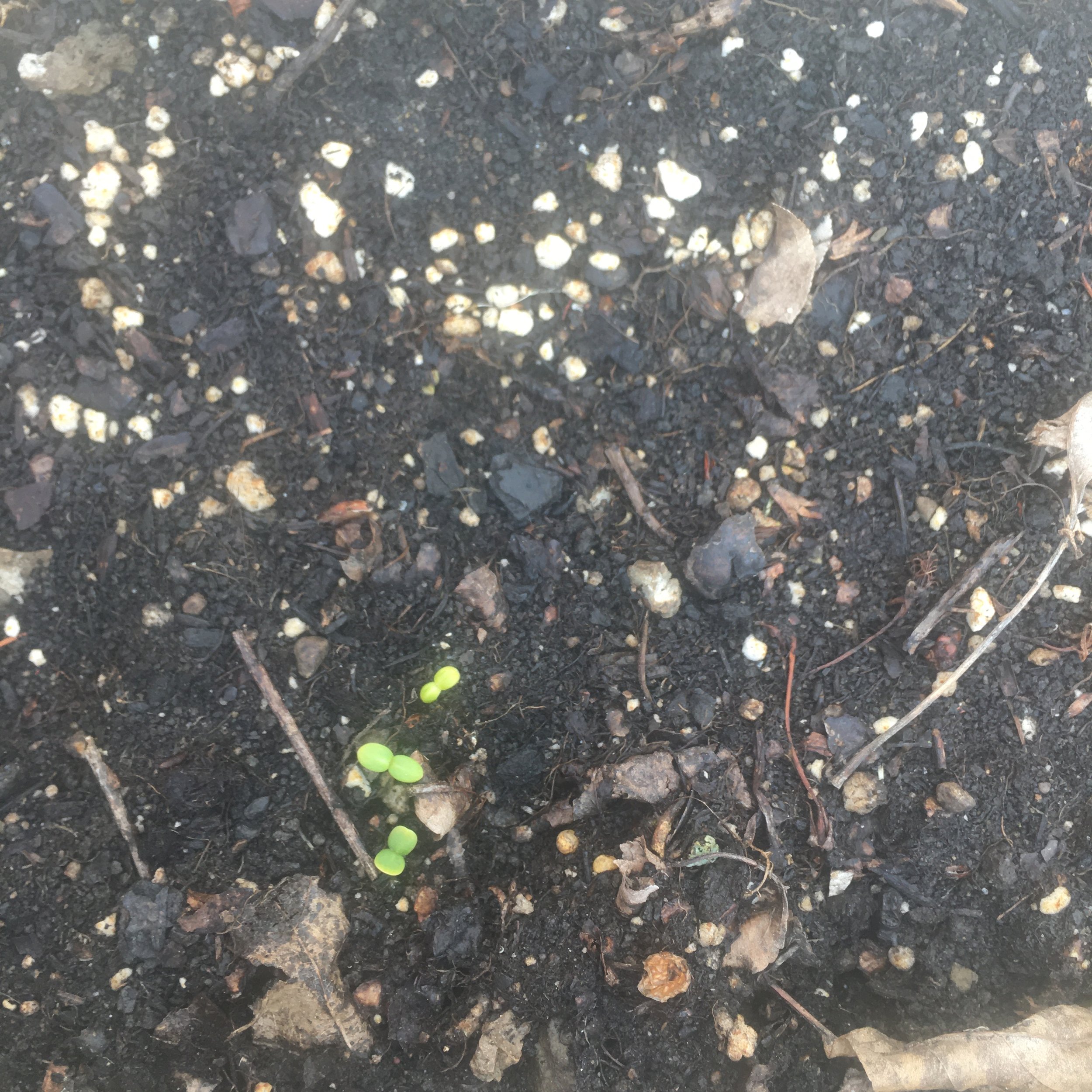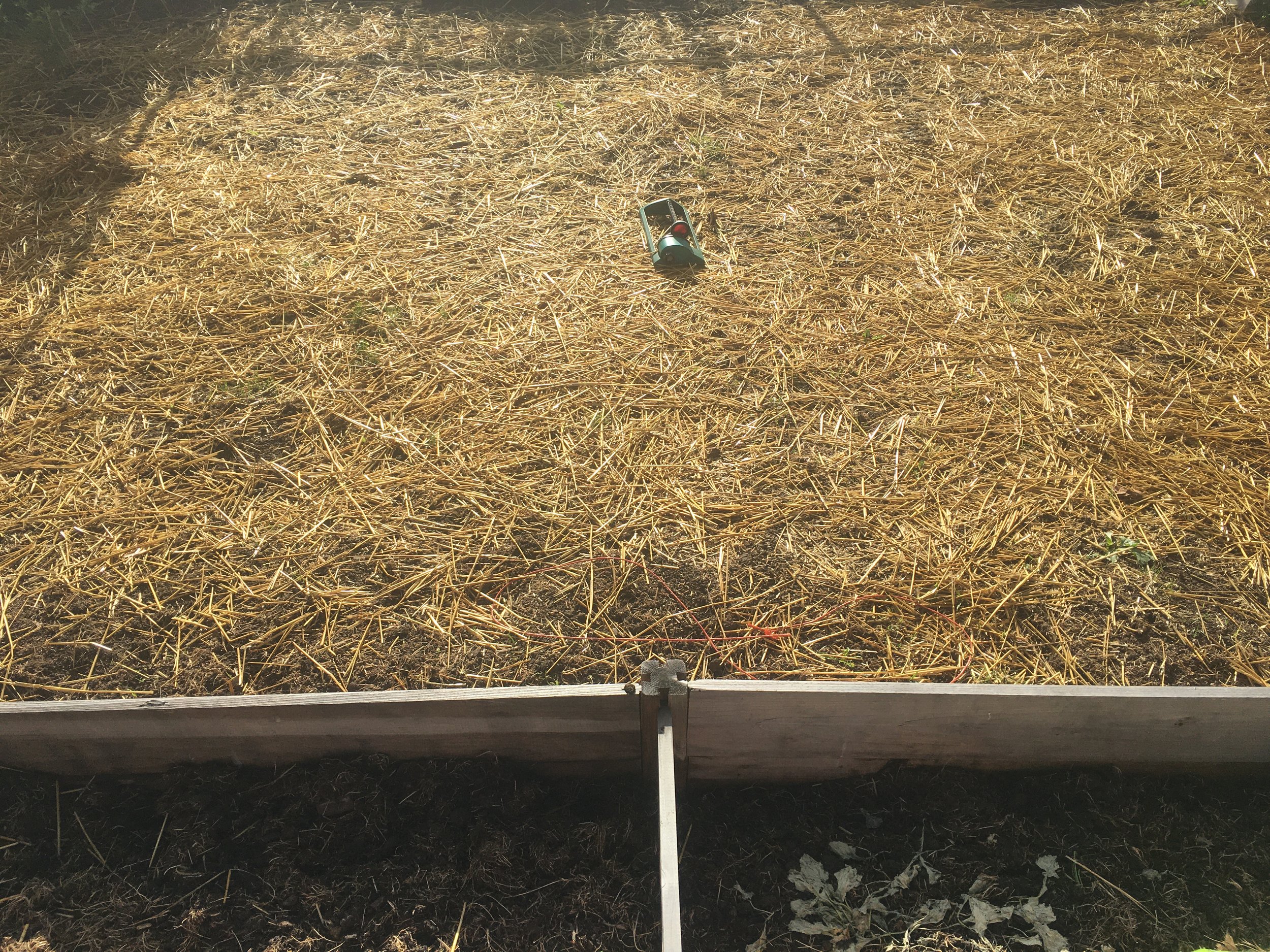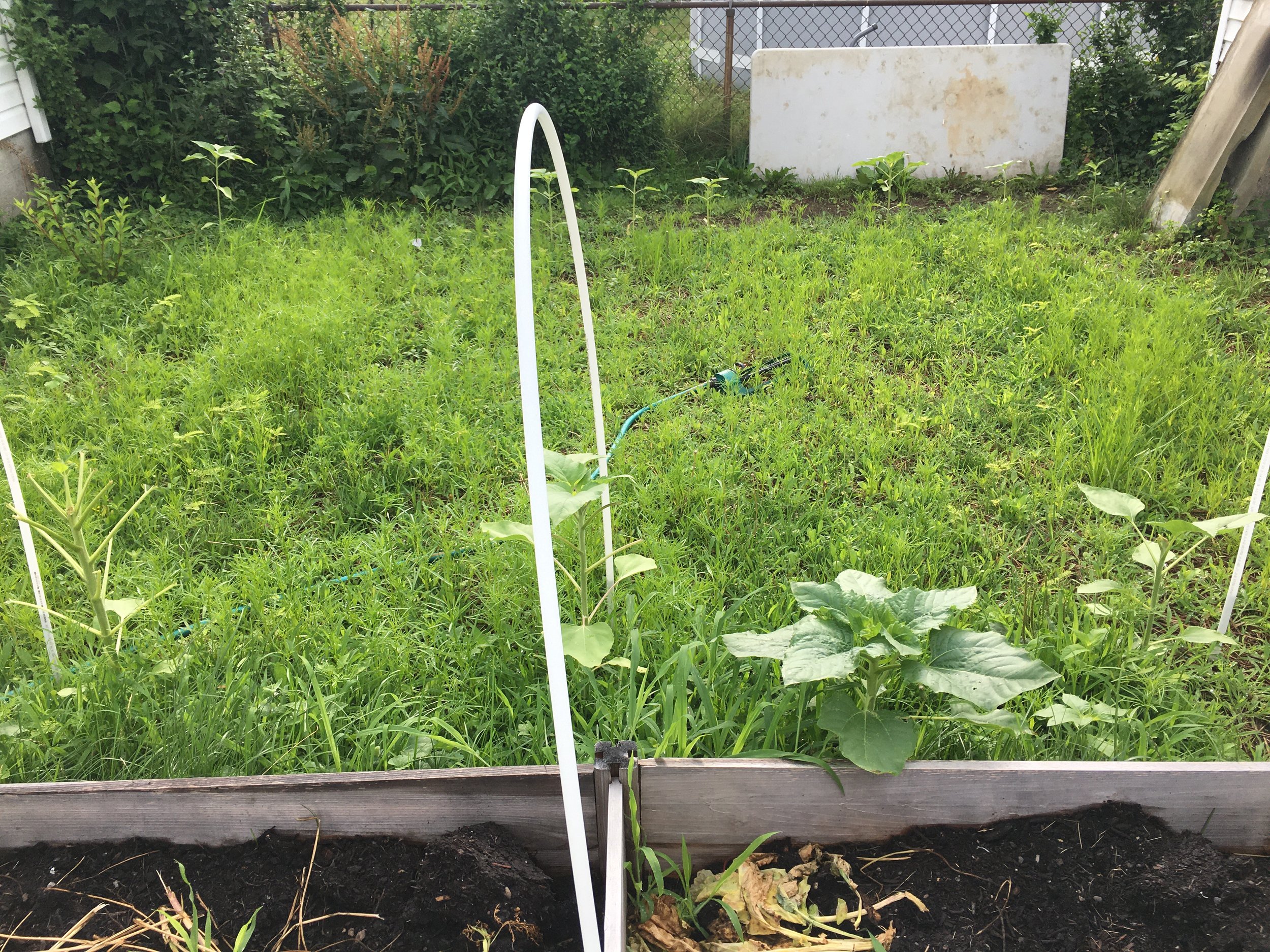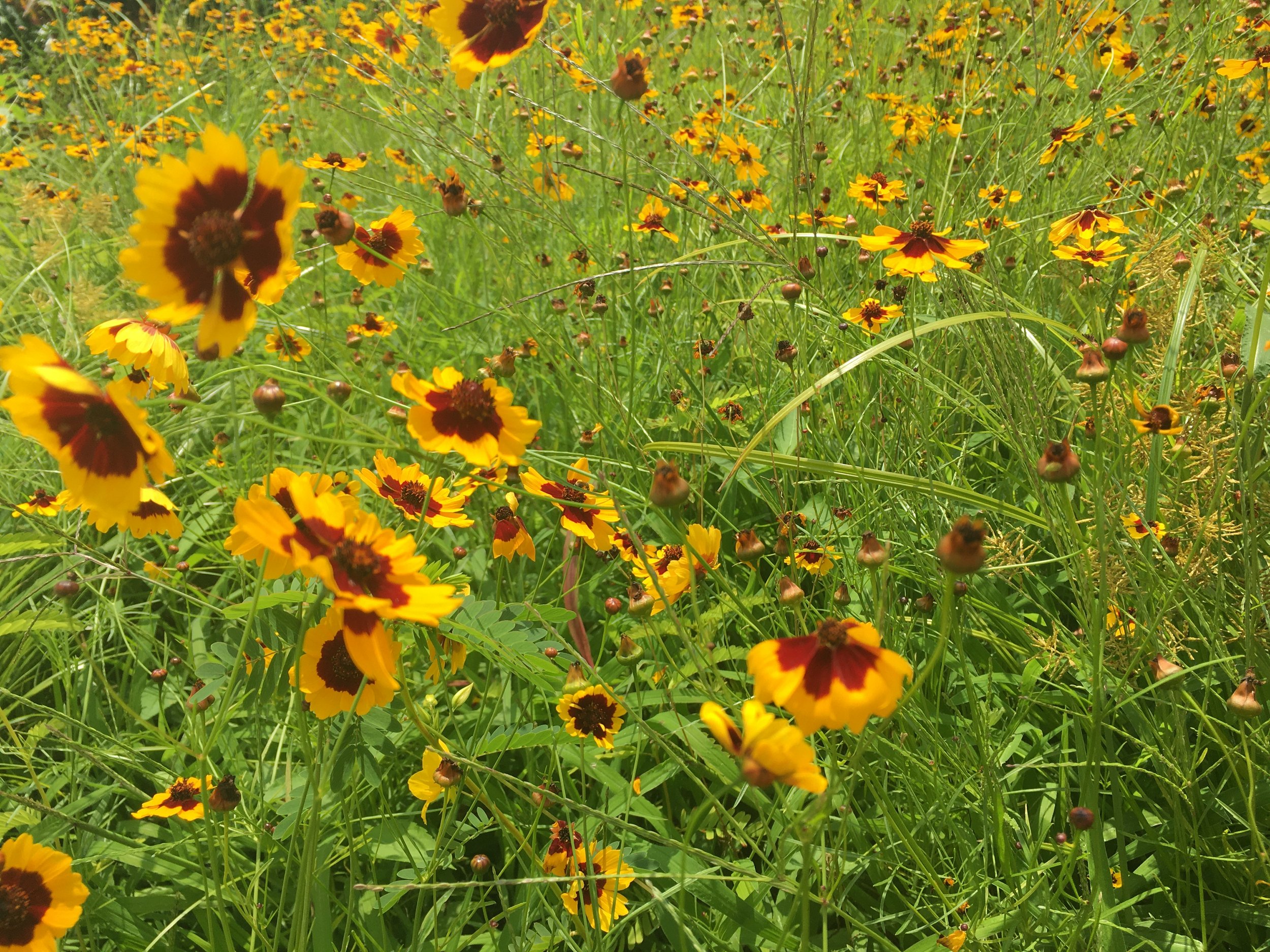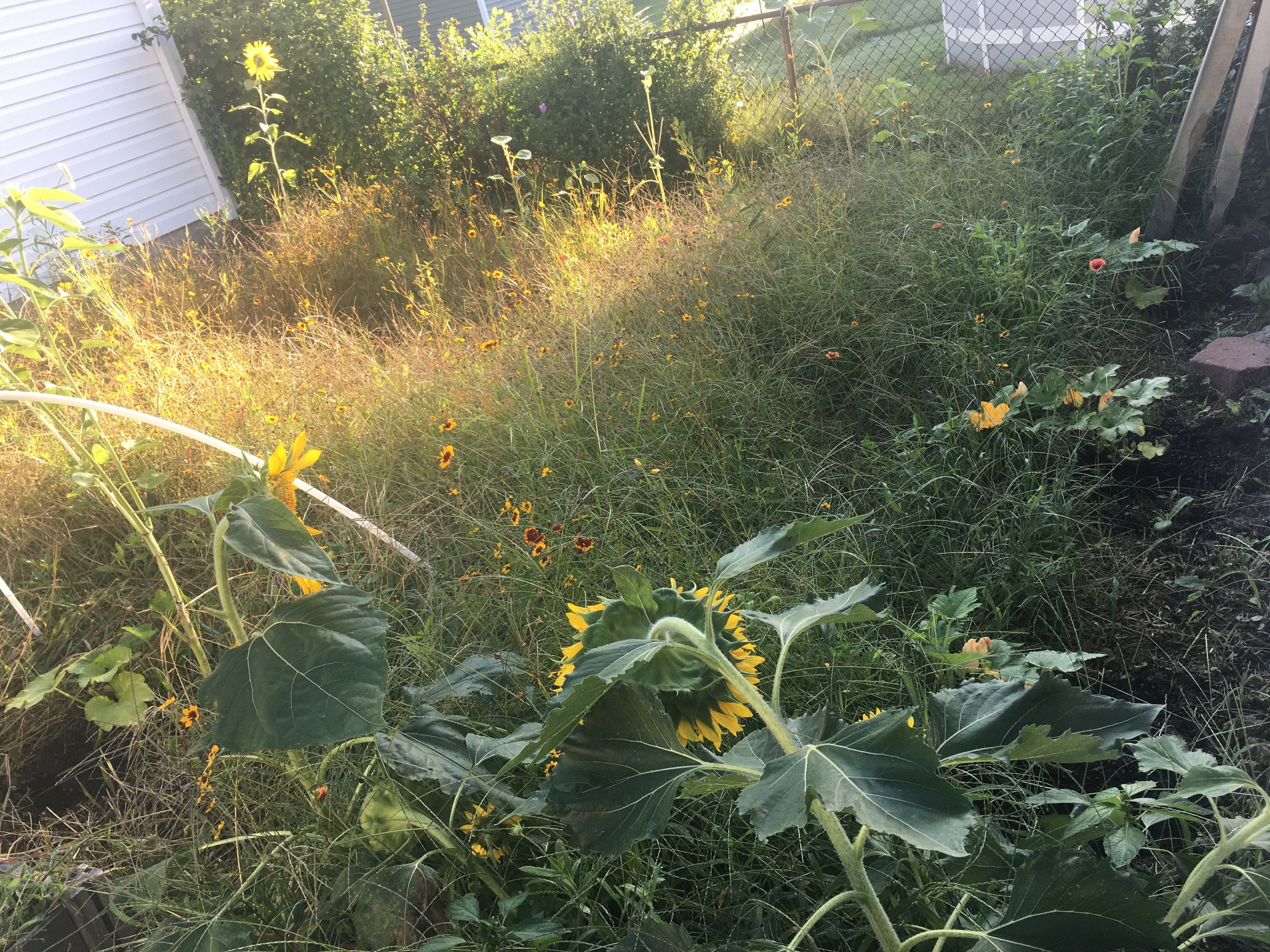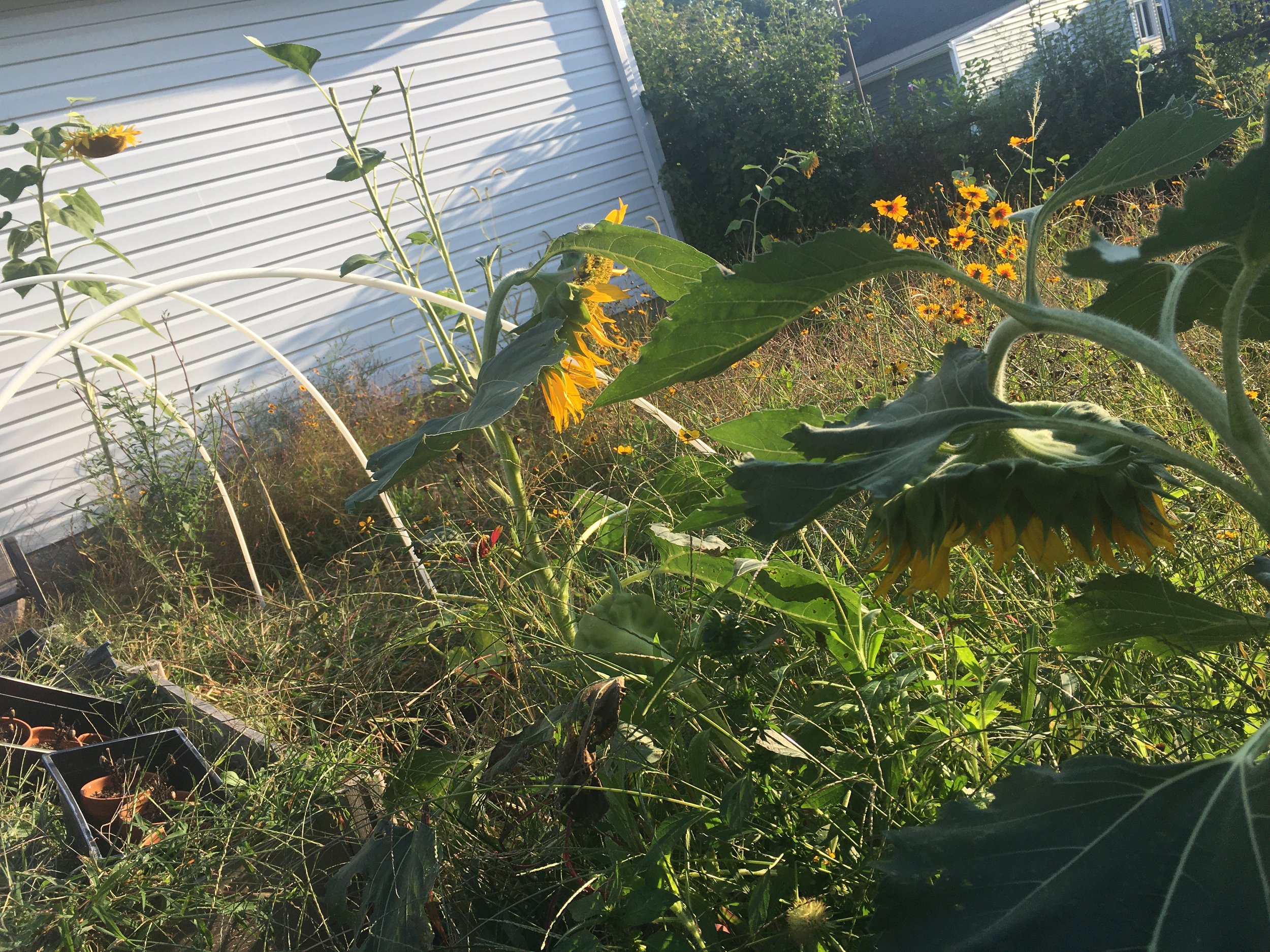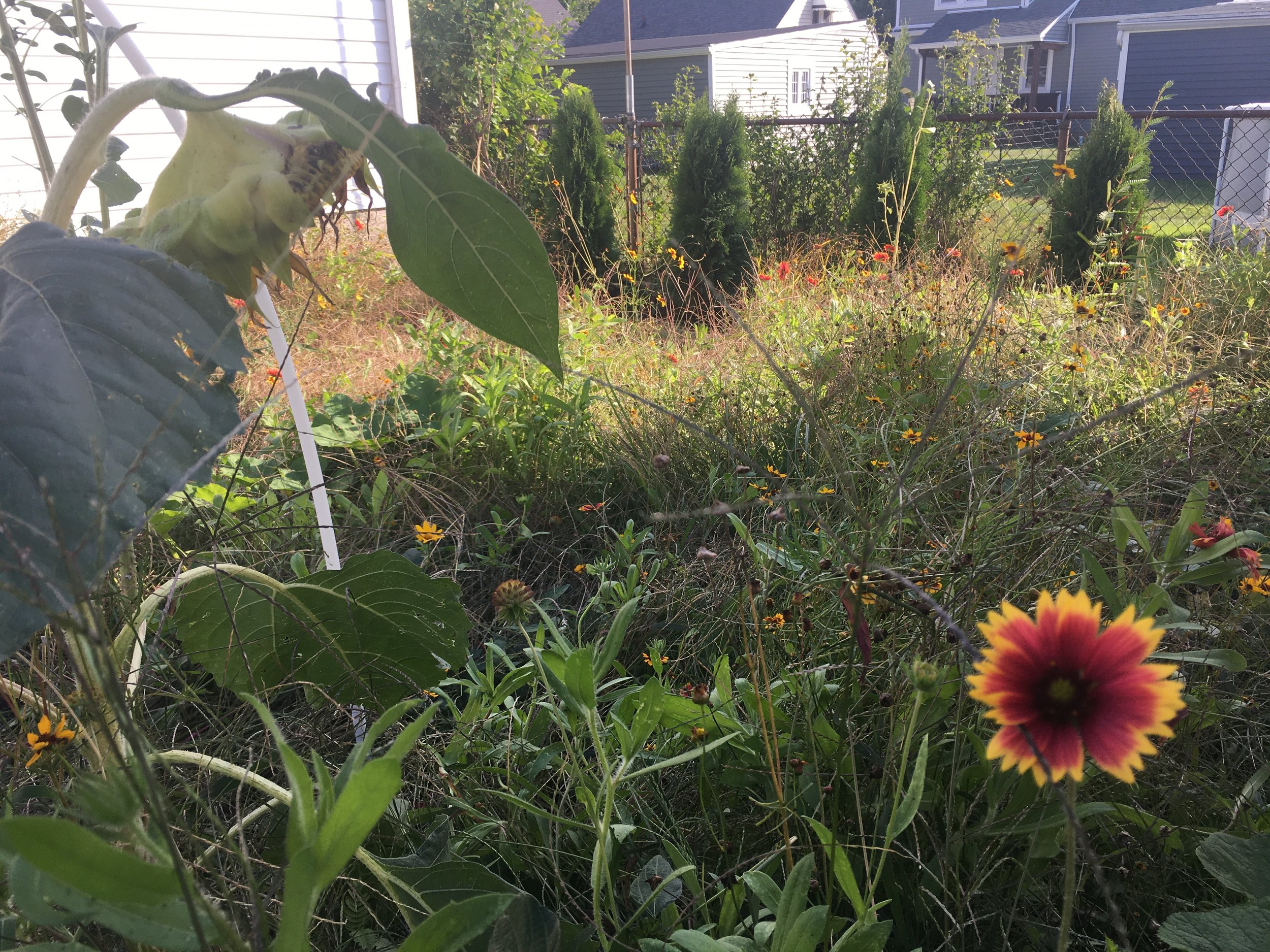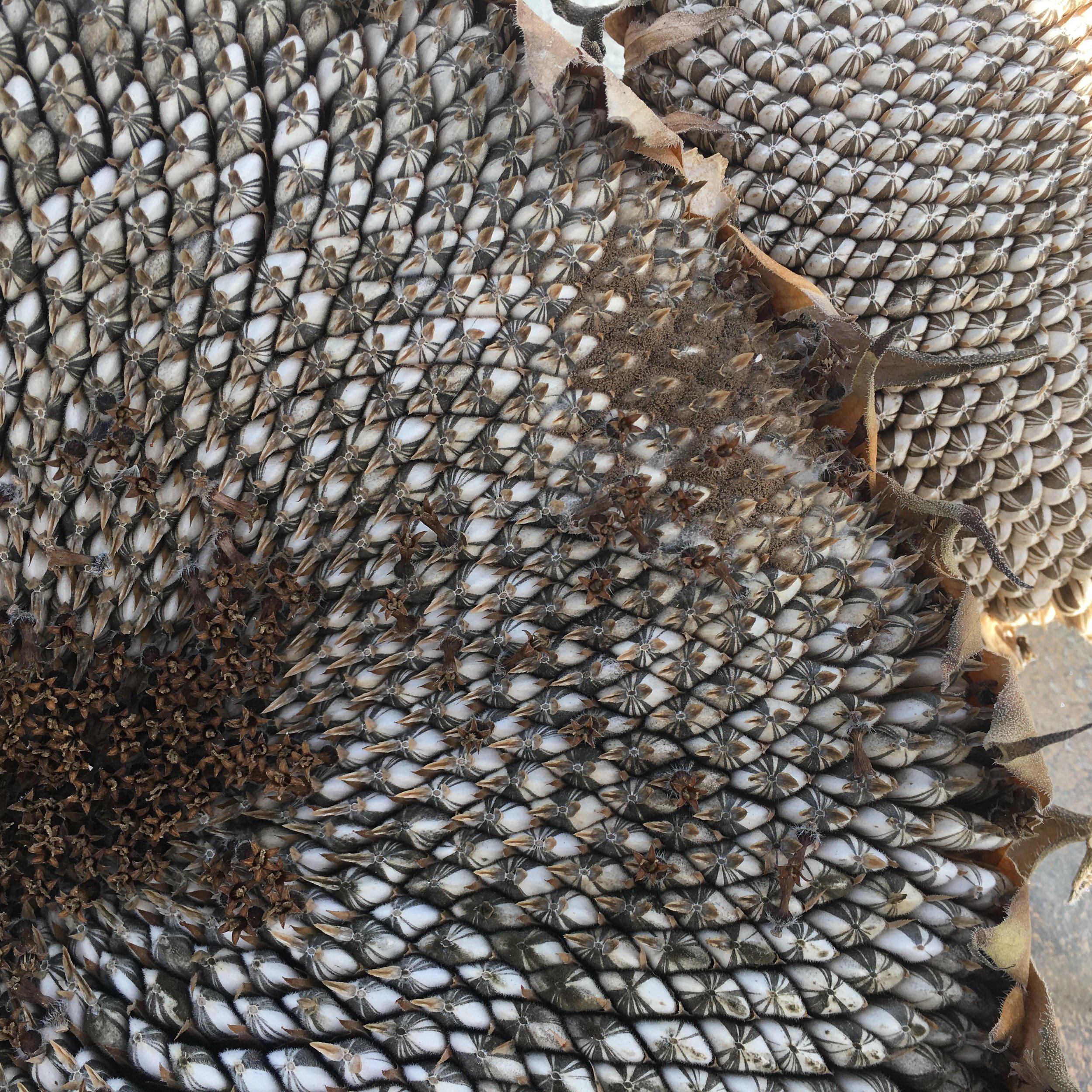Seeking life, 2021
As we moved through 2021, I found we were seeking life around us. It makes sense, in that the past several years have been devoted to saving a life. As a nurse, I’m reminded of the theory of Maslow’s Hierarchy of Needs (Maslow, 2011). The graphic representation is a pyramid, at the base are physical needs, such as food, water, sleep, etc. The next level is safety needs, shelter, financial, health; followed by love and belonging. The theory explains as you work your way up the pyramid, satisfying each need, you are motivated to the next. The higher levels of the pyramid are esteem and self-actualization needs, including creativity. Aesthetic needs, or beauty, are also noted. During the years since relapse and treatment, we were very much living at the base of the pyramid, just trying to survive and rescue health and life. As the movement between the levels is not linear but can be back and forth, we were fortunate to have the love needs present. However, with the pandemic, this became a deficit in many other ways such as connecting with others. This year, things began to lighten up for us, so I found I was seeking the higher levels of the pyramid, esteem, self-actualization, and especially beauty. These higher needs are considered growth needs, which do not arise from deficiency, but a desire to grow (McLeod, 2020). For me, an acknowledgment that we were finally in a place where those lower-level needs were mostly satisfied was the fact that we were able to embrace the idea of a garden. We could move beyond survival, to growth, which was metaphorically represented by the garden.
With the second anniversary of the stem cell transplant, it was the first year we could take on a garden. We live in a typical Cleveland neighborhood of post-WWII bungalows placed closely together, so our yards are small. Which, without intention, can make a daily connection to nature limiting. We learned that the Cuyahoga Soil and Water Conservation District provided native plant seeds, so we decided to make half of our backyard a native plant field. Native plants support the biodiversity of our environment. It creates a habitat, nest sites, and pollen and nectar sources for wildlife, including pollinators and birds. As there has been a decline in pollinators, such as bumblebees and butterflies, over recent years, even the smallest native plant fields can be beneficial (Hausman et al., 2017). Last, but not least, they provide beauty.
Jason tilled the lawn in the spring to clear all the grass for the new seeds. Much like the process of the stem cell transplant that he endured, only less toxic. With clear soil, we planted the seeds. It was a lesson in commitment, as we had to consistently water; as well as patience, as we waited for the plants to bloom. In addition to the native plants, we planted sunflowers all around our yard. “The field,” as we called it, eventually went from dirt to small specs of green sprouts. Not really knowing what we were doing, we allowed it all to grow. We had a difficult time discerning the weeds. With our summer full of letting go of other responsibilities delayed due to the priorities of recent years, it was the best we could do. The most important thing was that we started. We started to move beyond obligations, medical appointments, and daunting tasks, to joy.
Eventually, to our delight, yellow blooms emerged in the field. We became aware of the patterns of sunlight, as the sunflowers that received the most sunlight thrived, including the two mammoth sunflowers that stood proud outside our kitchen window. We watched the bees and butterflies make their way from flower to flower. As the plants grew, the birds fluttered in the shelter of the field.
It became a daily ritual for Jason to water in the morning. Getting his bare feet on the ground, he felt the benefits of the earth. He would also sit briefly in the sun, feeling energized. For me, my ritual became a short walk around the yard to observe the growth, the life. It also became my outlet to create a canvas of nature around us. No matter what the duties of the day held, we had a view that brought joy. It provided us with glimpses of life and growth. On our deck, we filled pots with blooms of snapdragons, dahlias, zinnias, and herbs, which graced us with their presence from our view at the kitchen table. The zinnias also took their place at our table in a small white vase. The discoveries and planning for our field weaved their way into our dinner conversations. As the summer went on, the increasing chirps of the crickets chaperoned the late setting sun as we lay in our hammock.
I could go on to note the recent trend in evidence for nature and wellness, but do we need the statistical proof to value it when we can so easily feel it and nature has been integrated with the human experience forever? With a small amount of effort and very little space, we created a natural landscape that surrounded us with joy and beauty every day. It was exactly what we needed to celebrate the life around us after the years devoted to trying to save it. This is a part of our story of how growth, nature, beauty, and joy brought us beyond an absence of disease, into the realm of wellbeing (Travis, 1972; Seligman, 2018). And, “like a ruby held up to the sunrise,” I am looking forward to 2022 (Rumi, translated by Barks, 1997, p. 100).
References:
Barks, C. (1997). The essential Rumi. Castle Books.
Hausman, C. E., Eysenbach, S. R., Reinier, J. E., & Michael F. Breth. (2017). Landscaping for biodiversity with Ohio native plants: A species guide for plantings. Cleveland Metroparks technical report 2017/NR-02. Cleveland Metroparks.
Maslow, A. H. (2011). Hierarchy of needs: A theory of human motivation. (Kindle Edition). www.all-about-psychology.com.
McLeod, S. (2020). Maslow’s hierarchy of needs. Www.Simplypsychology.Org. https://www.simplypsychology.org/maslow.html
Seligman, M. (2018). PERMA and the building blocks of well-being. The Journal of Positive Psychology, 13(4), 333–335. https://doi.org/10.1080/17439760.2018.1437466
Travis, J. W. (1972). Illness-wellness continuum [Image]. http://www.thewellspring.com/wellspring/introduction-to-wellness/357/key-concept-1-the-illnesswellness-continuum.cfm.html
